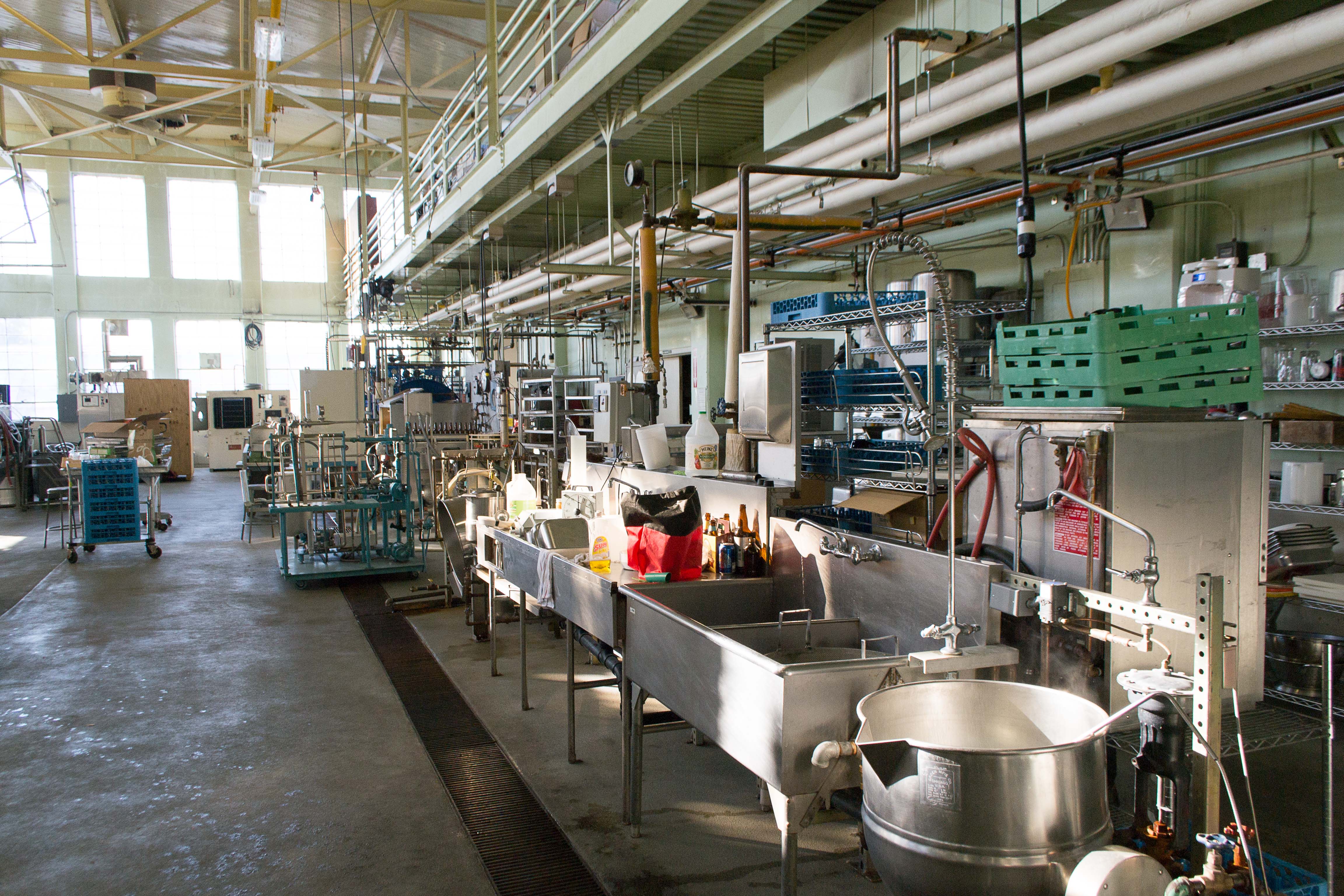
Photo from academic.microsoft.com
The objective of this study was to produce a pea flour ingredient with higher slowly digestible (SDS) and resistant (RS) starch fractions for functional food applications. Heat-moisture treated flour (HMTF)… Click to show full abstract
The objective of this study was to produce a pea flour ingredient with higher slowly digestible (SDS) and resistant (RS) starch fractions for functional food applications. Heat-moisture treated flour (HMTF) in the presence of citric, gallic, or vanillic acids and esterified flour (EF) with citric acid were prepared and analyzed for structure and functionality using in vitro starch digestibility, differential scanning calorimetry, Rapid Visco Analyzer, swelling factor (SF), amylose leaching (AML), optical microscopy, and Fourier transform infrared (FT-IR) spectroscopy. Significant (P < 0.05) increases in SDS and RS content of HMTF and EF were observed. Whereas the granule integrity and the birefringence were not affected by modification, the degree of crystalline order, which was determined by FT-IR 1,047/1,022 cm−1 peak ratio, was decreased. Gelatinization enthalpies of modified flour were lower than that of native flour, whereas the gelatinization endotherms of HMTF were shifted to higher temperatures an...
Journal Title: Cereal Chemistry
Year Published: 2017
Link to full text (if available)
Share on Social Media: Sign Up to like & get
recommendations!